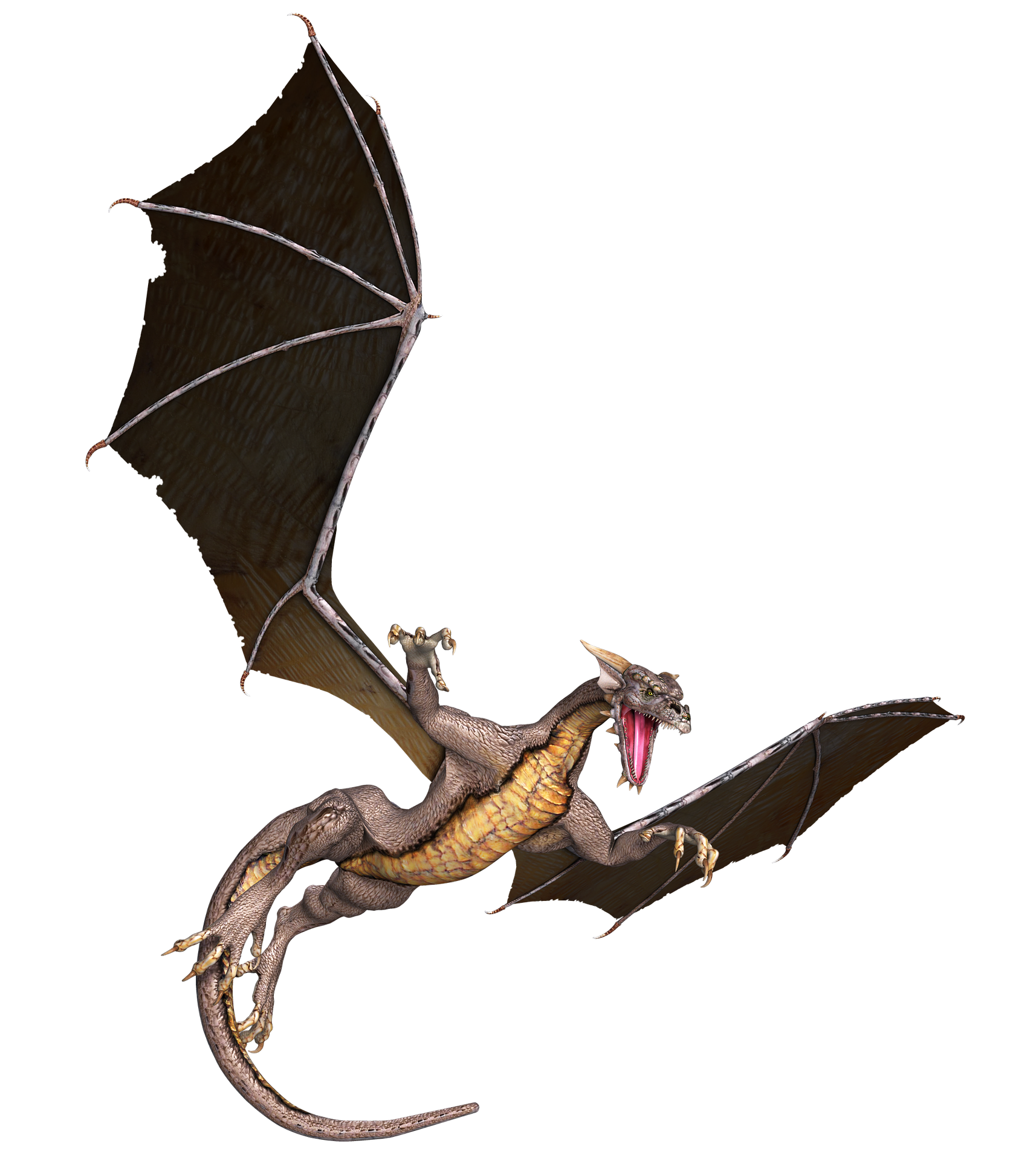“WE ARE SURROUNDED by numbers. Etched on credit cards or engraved on coins, printed on pay checks or aligned on computerized spread sheets, numbers rule our lives. Indeed, they lie at the heart of our technology. Without numbers, we could not send rockets roaming the solar system, nor could we build bridges, exchange goods, or pay our bills. In some sense, then, numbers are cultural inventions only comparable in importance to agriculture or to the wheel.” (Dehaene, 2011)
I am interested in developing as assessment to measure students number sense skills. Number sense forms the basis of mathematical understanding and is a strong indicator of students current ability to engage with mathematics. Number sense involves the following aspects:
| Cunningham (Cunningham, n.d.) | Small (Small, 2021) | Van De Wall (Van de Wall, Karp, Bay-Williams, McFarvey, & Folk, 2015) |
| Understanding quantitiesGrasping concepts like more and less, and larger and smallerUnderstanding the order of numbers in a list: 1st, 2nd, 3rd, etc.Understanding symbols that represent quantities (7 means the same thing as seven)Making number comparisons (12 is greater than 10)Recognizing relationships between single items and groups of items (seven means one group of seven items)understanding quantitiesGrasping concepts like more and less, and larger and smallerUnderstanding the order of numbers in a list: 1st, 2nd, 3rd, etc.Understanding symbols that represent quantities (7 means the same thing as seven)Making number comparisons (12 is greater than 10)Recognizing relationships between single items and groups of items (seven means one group of seven items) | Comparing and relating numbersComparison languageSpatial comparisonNumbers to 10The teen numbersMultiple representationReading and writing numeralsCounting | Quantity, counting and knowing how manySubitizingNumeral writing and recognitionComparing sets: more than, less then , equal toRelationships for numbers 1-10Part-part-whole relationshipsEstimation and measurementData collection and analysis |
Looking at my previous students strengths and weaknesses as well as my schools FSA data we have significant gaps in numeracy, if we view number sense as the foundation of numeracy and students ability to understand number we must be able to determine students current skill level. By assessing students proficiency with number sense we are able to target weaknesses and build students skills as well as working with mathematical operations before progressing to algebraic thinking. Number sense progresses through six distinct phases as defined in First Steps in Mathematics emergent, matching, quantifying, partitioning, factoring and operating (Western Australian Minister for Education, 2013), an assessment is needed to determine where students fall in this spectrum and help determine next steps for student learning. I am envisioning a diagnostic assessment similar to a reading assessment that determines a student’s current level to allow us to plan for whole class and small group instruction. In terms of format something similar to the DART assessment that has an independent student component comprised of a paper, pencil task followed by a one-to-one activity with a teacher as a conference or math running record. This assessment will be used to determine starting points for building students number sense as well as to support planning for classroom activities. Additionally, this data can be used to share student progress with parents and the school based team when planning for interventions.
In terms of ensuring the quality of the assessment I need to begin in the research phase and look at multiple definitions of number sense and the skills the comprise number sense to have a true understanding of the most essential skills for leaning mathematics. as well using the same assessment in multiple classrooms will give us consistent data to compare to. This will also involve creating a consistent rubric that are strongly related to the provincial performance standards for numeracy. Additionally quantitively measures such as error rate or the number of questions a student completes successfully could also be used particularly when assessing for fact fluency or subitizing. This assessment will also include a student interview portion that encourages students to reflect on their current progress and attitude towards numeracy.
References
Cunningham, B. (n.d.). What is number sense? Retrieved from Understood: https://www.understood.org/en/articles/number-sense-what-you-need-to-know
Dehaene, S. (2011). The Number Sense: How the Mind Creates Mathematics, Revised and Updated Edition. Oxford Univeristy Press.
Small, M. (2021). Making Math Meaningful To Canadian Students K-8, Fourth Edition. Toronto: Nelson Education.
Walle, J. A., Karp, K. S., Bay-Williams, J. M., McFarvey, L. M., & Folk, S. (2015). Elementary and Middle School Mathematics Teaching Developmentally Fourth Canadian Edition. Toronto: Pearson Canada.
Western Australian Minister for Education. (2013). First Steps in Mathematics: Number Sense. Don Mills: Pearson Canada.





